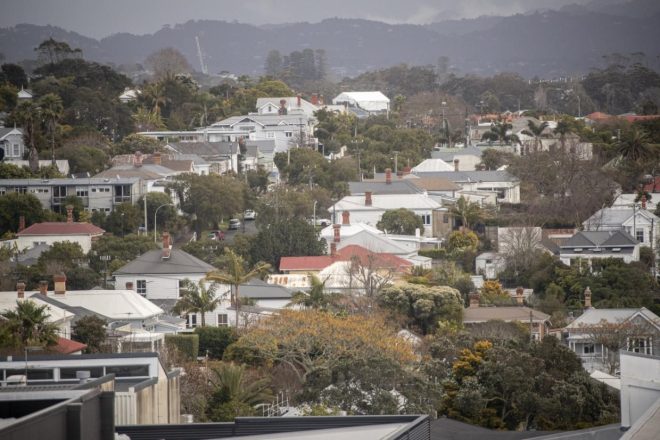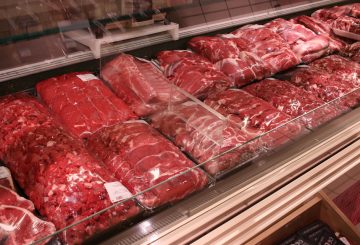첫 주택 구입자들은 종종 주당 750달러의 임대료를 지불하는 것만으로는 은행에 모기지를 감당할 수 있다는 것을 증명하기에 충분하지 않은지 궁금해합니다.답은 간단하지 않습니다.
매주 750달러를 지불하면 6% 이자율로 54만 달러의 대출을 받을 수 있습니다.자격을 갖추려면 소득 소득자 2명과 자녀 2명이 있는 가구는 기타 비용에 따라 연간 약 115,000달러를 벌어야 합니다.
연구에 따르면 주택 가격이 낮은 지역은 평균 임대료와 모기지 상환액 간의 차이가 적은 것으로 나타났습니다.하지만 Key Mortgages의 제레미 앤드류스 (Jeremy Andrews) 씨는 은행들이 모기지를 상환할 수 있는 사람이 있는지 확인할 때 여러 가지 요소를 고려한다고 설명합니다.750달러를 지불하는 것 외에도 추가 비용이 발생합니다.예를 들어, 요율과 보험은 모기지 상환액에 주당 약 100달러를 추가할 수 있습니다.
유지 관리 비용도 또 다른 비용입니다.임대할 때는 집주인이 대신 처리하지만 집주인이 직접 비용을 지불해야 합니다.또한 은행은 대출자가 광고보다 높은 이자율을 감당할 수 있는지 여부를 테스트합니다.은행에서는 일반적으로 현행 금리보다 2% 높은 “테스트 금리”를 적용하여 차용자가 시간이 경과함에 따라 모기지를 감당할 수 있는지 확인합니다.
더 큰 주택을 구입하는 경우, 여기에는 대출을 받을 확률을 높이기 위해 방을 임대하여 얻는 소득이 포함될 수 있습니다.글렌 맥러드 (Glen McLeod) 고문은 은행들이 모든 차용자의 재정적 채무를 검토하고 스트레스 테스트를 통해 장기적으로 모기지를 감당할 수 있는지 확인한다고 말합니다.여기에는 생명 보험 또는 모기지 보호 보험과 같은 비용이 포함됩니다.
7월에는 첫 주택 구입자가 신규 주택 융자의 21.2% 를 차지했습니다.올해 뉴질랜드의 주간 평균 임대료는 가구 평균 소득의 22% 입니다.이에 비해 소득이 115,000달러인 가구는 세전 소득의 약 1/3을 주당 750달러의 모기지에 지출하는 셈입니다.





























































